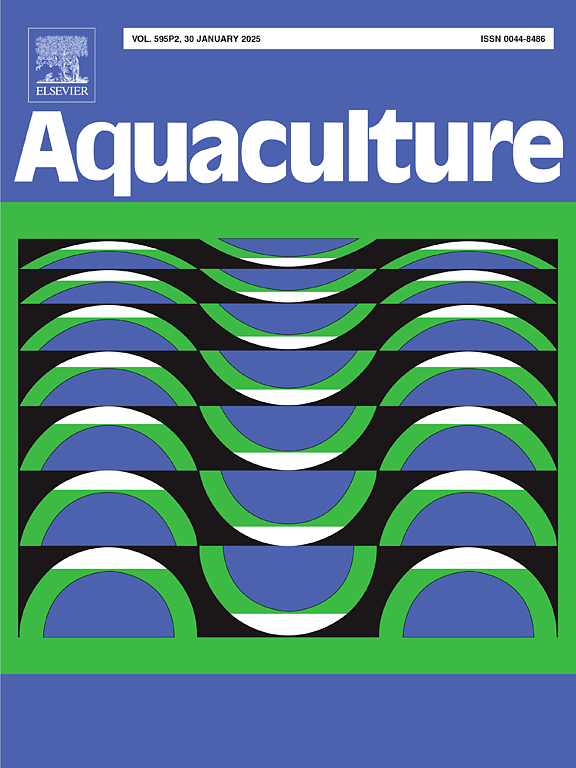Establishment and characterization of a cell line from Yunlong grouper (Epinephelus moara ♀ and Epinephelus lanceolatus ♂) larva and its response to infectious spleen and kidney necrosis virus infection
IF 3.9
1区 农林科学
Q1 FISHERIES
引用次数: 0
Abstract
The Yunlong grouper is a novel hybrid species resulting from the crossbreeding of Epinephelus moara ♀ and Epinephelus lanceolatus ♂. This hybrid species exhibits a combination of desirable traits inherited from both parent species. This study established the first Yunlong grouper cell line from larvae, named Glar (Grouper larvae).
The cells were cultured in L-15 medium containing 15 % serum in 24 °C and have culture more than 80 passages. Chromosome karyotype analysis showed that the chromosome number was 2n = 48, and transcriptome analysis indicated that the cell line is mainly composed of fibroblast. After cryopreservation in liquid nitrogen for 6 months, cell viability remained above 70 %. The cells can be transfected, as fluorescence was observed after transfection with both Cy3-labeled scramble siRNA and the pEGFP-N1 plasmid. Furthermore, after infection with two iridoviruses, spotted knifejaw iridovirus (SKIV-SD) and spotted seabass iridovirus (SBIV-V12), Glar cells showed significant cytopathic effect (CPE), and viral particles were observed using transmission electron microscopy. Transcriptome analysis revealed that five days post-infection with SBIV-V12, differentially expressed genes were primarily enriched in pathways related to cell replication, the cell cycle, DNA repair, the p53 signaling pathway, and the Fanconi anaemia pathway, with 20 of 21 genes in the p53 pathway showing upregulation. The p53 signaling pathway plays a crucial role in antiviral immunity. Therefore, this cell line can serve as a valuable tool for in vitro research on the prevention and control of iridovirus, as well as for studying the disease mechanisms and potential therapeutic strategies for the Yunlong grouper.
求助全文
约1分钟内获得全文
求助全文
来源期刊

Aquaculture
农林科学-海洋与淡水生物学
CiteScore
8.60
自引率
17.80%
发文量
1246
审稿时长
56 days
期刊介绍:
Aquaculture is an international journal for the exploration, improvement and management of all freshwater and marine food resources. It publishes novel and innovative research of world-wide interest on farming of aquatic organisms, which includes finfish, mollusks, crustaceans and aquatic plants for human consumption. Research on ornamentals is not a focus of the Journal. Aquaculture only publishes papers with a clear relevance to improving aquaculture practices or a potential application.
 求助内容:
求助内容: 应助结果提醒方式:
应助结果提醒方式:


